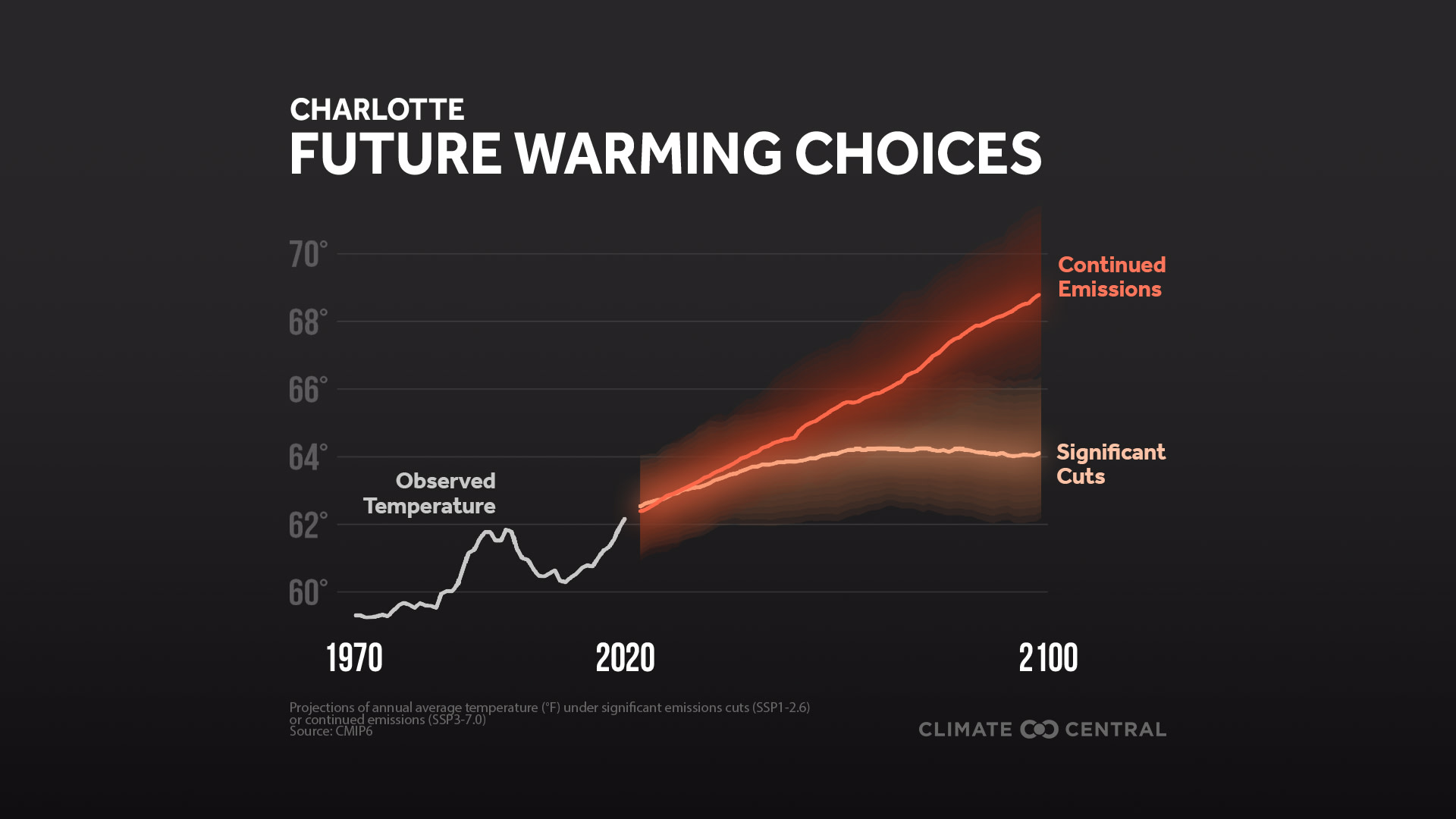KEY CONCEPTS
COP26, the ongoing U.N. climate summit, aims to close the gap between global warming targets and climate action. But what does this global summit mean locally?
COP26 outcomes could lead to radically different future warming pathways in 246 locations across the U.S., according to analysis from Climate Central.
And Picturing Our Future visualizes how the choices we make this decade, including at COP26, could transform hundreds of iconic locations around the world.
Read on for more analysis and resources to help connect COP26 to local audiences.
COP26, the 26th United Nations climate summit, is underway in Glasgow, Scotland and runs through November 12.
While world leaders convene at COP26, climate change continues to affect lives across the U.S. and around the globe—from extreme weather to rising health risks. The impacts we’re feeling today are the result of just 1.1°C (2.0°F) of global warming.
Climate impacts worsen with every bit of warming in the absence of costly adaptation measures—which is why nearly 200 countries agreed in 2015 to limit global warming to 1.5°C (2.7°F). But we’re currently on track for 2.7°C of warming by the end of the century, leaving a glaring gap between global targets and global action.
COP26 is a pivotal opportunity to close this gap. The decisions made at COP26 could send future generations down very different pathways.
Analysis from Climate Central shows that the choices we make now could lead to radically different levels of warming at 246 locations across the U.S. Depending on how quickly emissions are cut, nationwide warming could range from 1 to 5°C (1.8 to 9°F) by 2100 (relative to the 1991-2020 baseline, see methodology here).
And Picturing Our Future visualizes how sea level rise could transform hundreds of iconic locations around the world depending on if we meet or exceed the global target of 1.5°C (2.7°F) of warming.
Rising temperatures and sea levels are just a few local consequences of global climate change that COP26 aims to limit.
For more ways to localize this global climate summit:
View recent trends in billion-dollar weather and climate disasters across the U.S.
Find out how warming has affected mosquitoes and the diseases they carry in your region.
Learn how climate change is impacting fire seasons in the west.
Evaluate the intensity of urban heat islands in your city, and related health risks.
